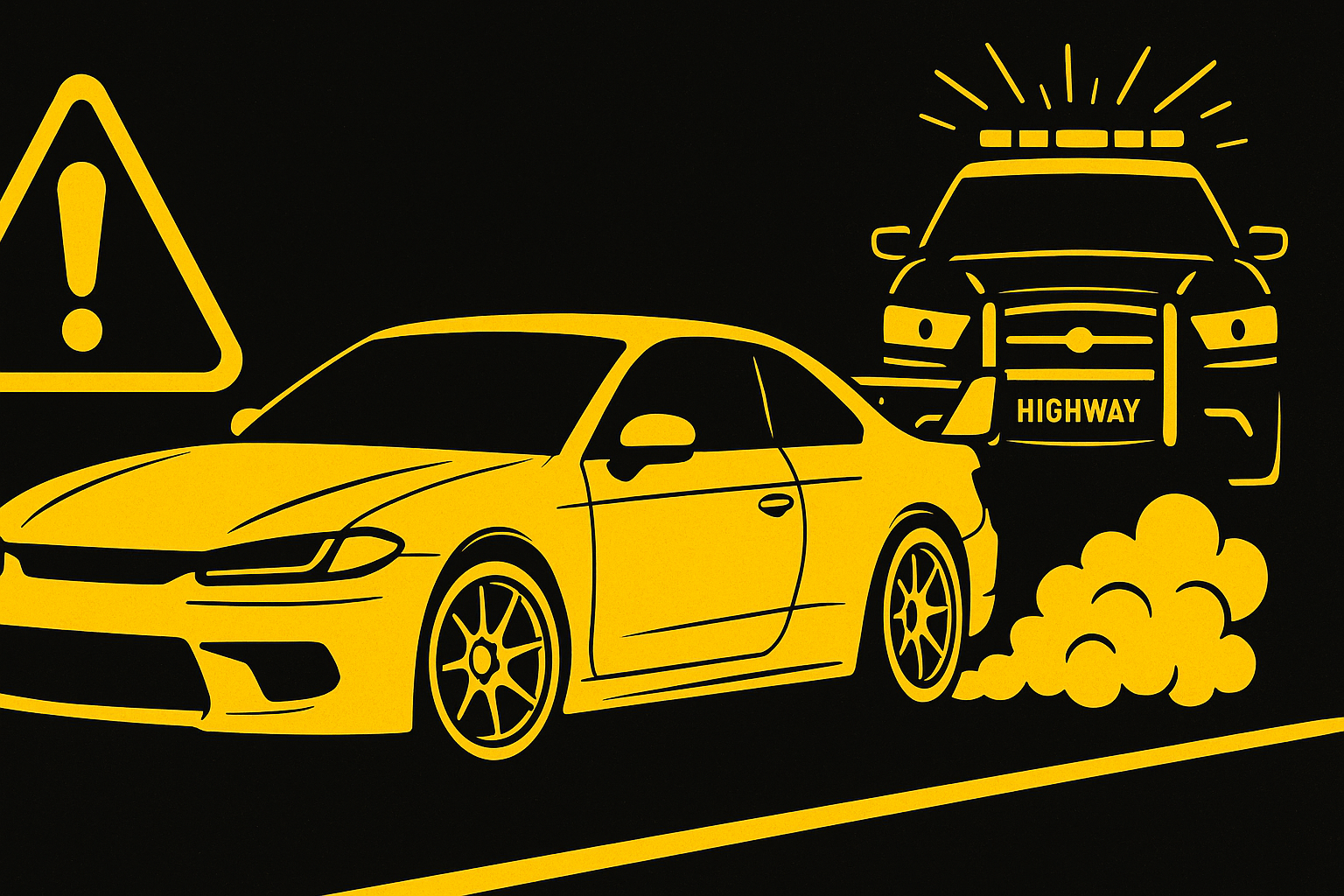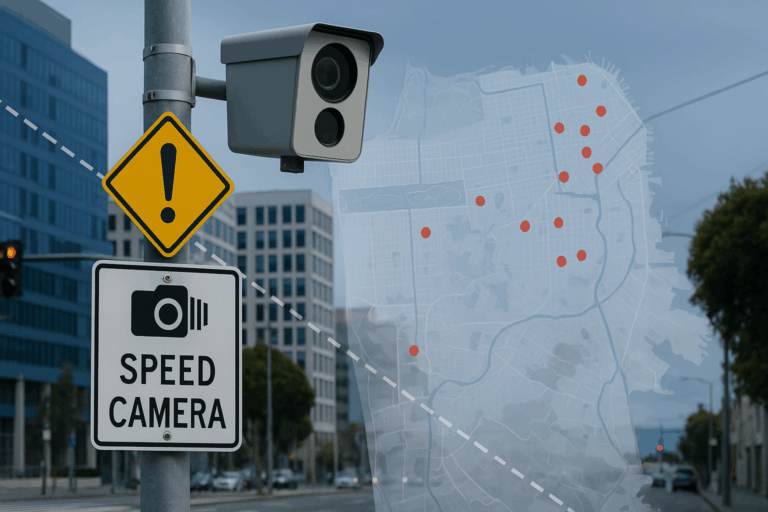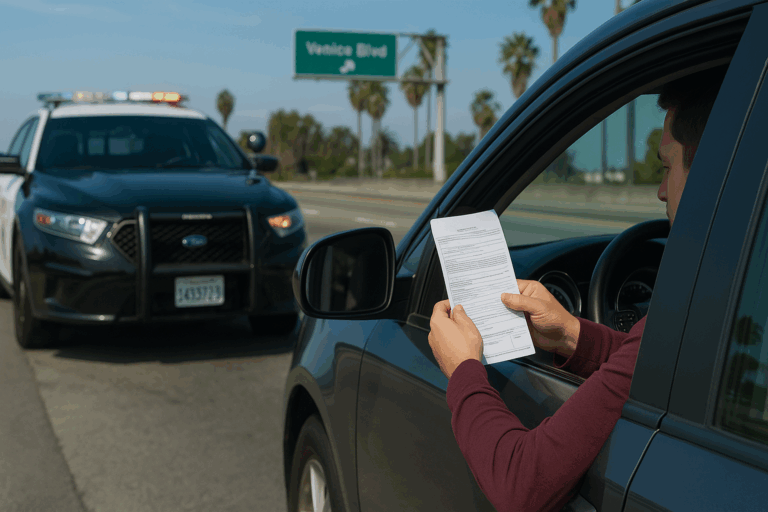It’s happening. San Francisco has officially flipped the switch on automated speed enforcement as of March 20th 2025 — and with it, a whole new wave of legal, ethical, and financial questions has hit the streets. As a traffic lawyer who’s spent years in the courtroom defending drivers against tickets that were unfair, excessive, or just plain wrong — this new rollout sets off all kinds of red flags.
Sure, it’s dressed up in good intentions: make streets safer, save lives, prevent accidents. But let’s not sugarcoat it — the way this is being done should make every driver pause.
Flash, You’re Fined: The System in Play
Six speed cameras are now live across SF — with plans to expand to 33 more locations. The system automatically photographs vehicles exceeding the posted speed limit by 11 miles per hour or more. These snapshots are then reviewed by a human and issued as citations.
Sounds efficient, right? Almost too efficient. You won’t even know you were cited until the fine shows up in the mail — potentially weeks later. No officer, no stop, no context — just a machine, a picture, and a presumption of guilt.
Fines Tied to Income: Equality or Inequality?
Here’s the twist: the city claims it’ll base fines on income. The goal, according to the SFMTA, is fairness — lower-income drivers could receive reduced fines, while wealthier individuals pay more. At first glance, that sounds like economic justice. But dig deeper, and it gets shaky.
How is your income verified? Is there an appeals process? What happens if someone disputes the bracket they’ve been assigned to? These are huge questions with very few clear answers.
This sets a precedent that moves beyond traffic enforcement into broader concerns about equal protection under the law. Should two people committing the exact same offense be punished differently simply based on income? As a lawyer, that’s a slippery slope — and a potentially unconstitutional one at that.
No Officer. No Conversation. No Defense?
Unlike traditional speeding tickets issued by a law enforcement officer — where a driver can explain a situation, ask for leniency, or even receive a warning — this system removes all human discretion. And with that, you lose the chance to contest circumstances in real-time.
Driving 12 mph over the speed limit to get your injured child to the ER? Doesn’t matter. You’ll get the same ticket as someone joyriding down Geary at 3 AM. Context is erased when enforcement is handed over to automation.
Even worse — the burden is now entirely on the driver to fight the citation after-the-fact, often without clear access to evidence or a meaningful way to challenge the device’s accuracy.
The Quiet Expansion
It started with six cameras, but city officials are already planning to install 33 more. That’s just the beginning. Other cities are watching this program closely. If San Francisco’s system proves “successful” (translation: profitable), you can bet it’ll pop up in Los Angeles, San Diego, Sacramento — maybe your neighborhood next.
Safety or Revenue?
The city says this is about Vision Zero — the goal of reducing traffic fatalities. That’s a noble cause. But let’s not pretend money isn’t a driving factor. Fines will range from $50 to $500 depending on speed — and possibly more for wealthier drivers. That adds up fast. The potential for abuse here is real.
When cities rely too heavily on fines as a revenue stream, enforcement can shift from public safety to public punishment.
What Drivers Should Do Now
- Watch your speed — especially in marked zones like Geary Blvd., where some of the first cameras are active.
- Check your mail frequently — camera tickets don’t come with flashing lights; they come weeks later in a white envelope.
- Don’t ignore a citation — contesting camera tickets is possible, but timing is critical.
- Get legal help if needed — especially if you believe your ticket was unfair, inaccurate, or improperly issued.
This system may be new, but the rights of drivers haven’t vanished overnight. If anything, now’s the time to pay closer attention and be ready to stand up for them.



